I am breaking my head already for 2 days on this problem I have. I want to represent my microstrip line in lumped components. My microstrip line has the following characterstics: $$ Z_0 = 50 \text{ [$\Omega$]}, \\ \phi = 180 ^{\circ},\\ \gamma = \alpha +j\beta \text{ [$1/m$]} \\ \beta = \omega \sqrt{\mu_0 \epsilon_r \epsilon_0} \text{ [$1/m$]} $$ where \$\gamma\$ is the propagation constant. With these known values it should be possible to calculate a lumped element representation of the microstrip line. I tried the following equations: $$ \frac{R + j\omega L}{\gamma} = \frac{\gamma}{G + j \omega C} \text{ [$\Omega$]}\\ R = \alpha Z_0 \text{ [$\Omega$]}\\ L = \frac{\beta Z_0}{\omega} \text{ [H]}\\ G = \frac{\alpha}{Z_0} \text{ [S]}\\ C = \frac{\beta}{\omega Z_0} \text{ [F]} $$
The resulting values for the lumped components do not represent my microstrip at all. When running simulations using the model it does not end up with the same scatter matrix as the microstrip.
Could someone help me to figure out what goes wrong? Am I using the wrong model for a short lossy transmission line? I am trying to get the same characteristic impedance and propagation constant as the microstrip line.
Thank you so much in advance! :)

